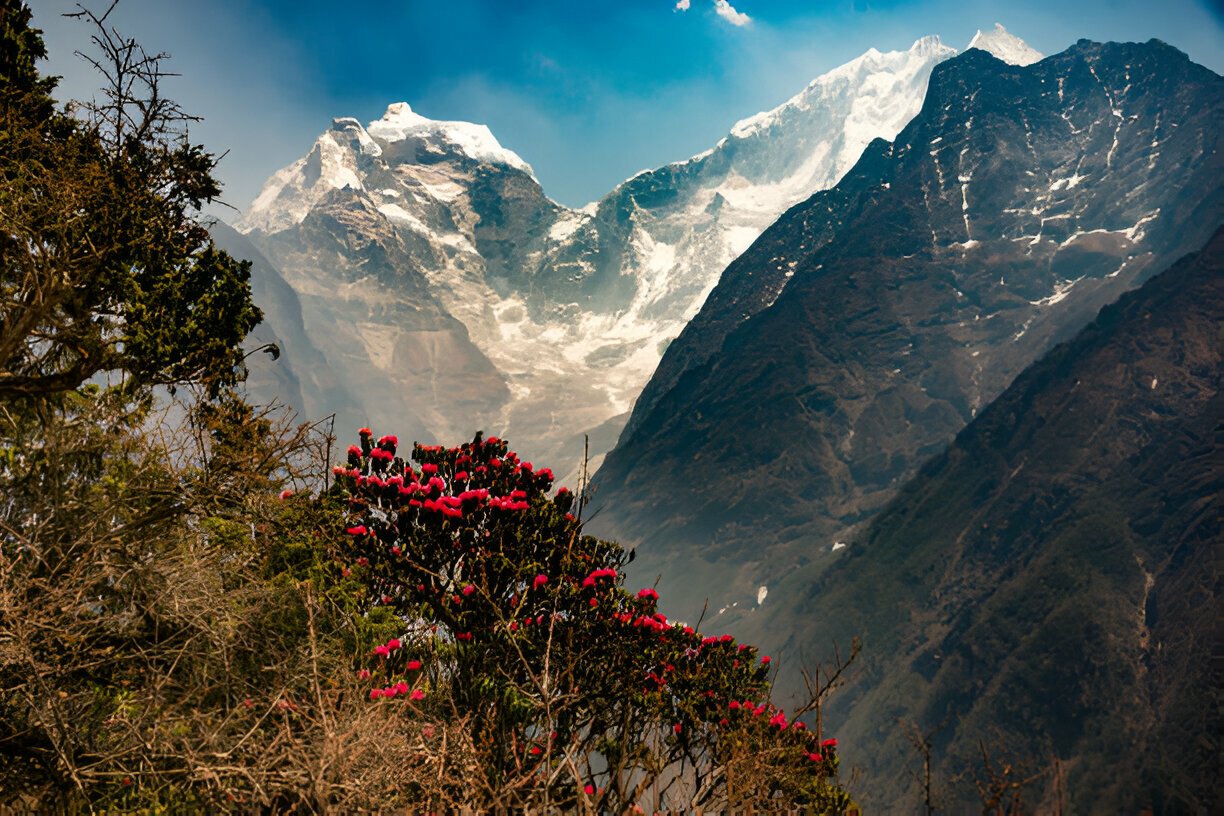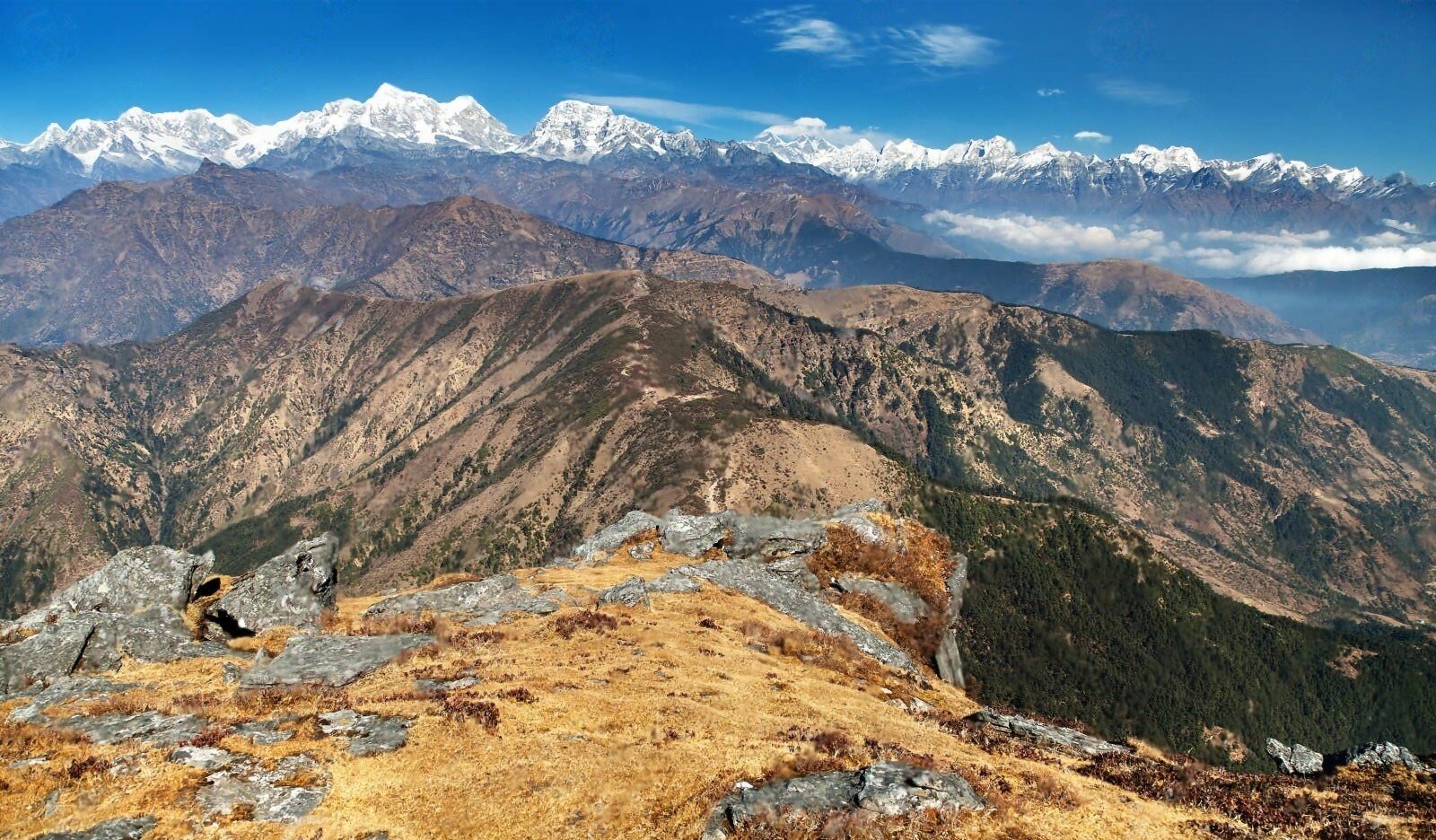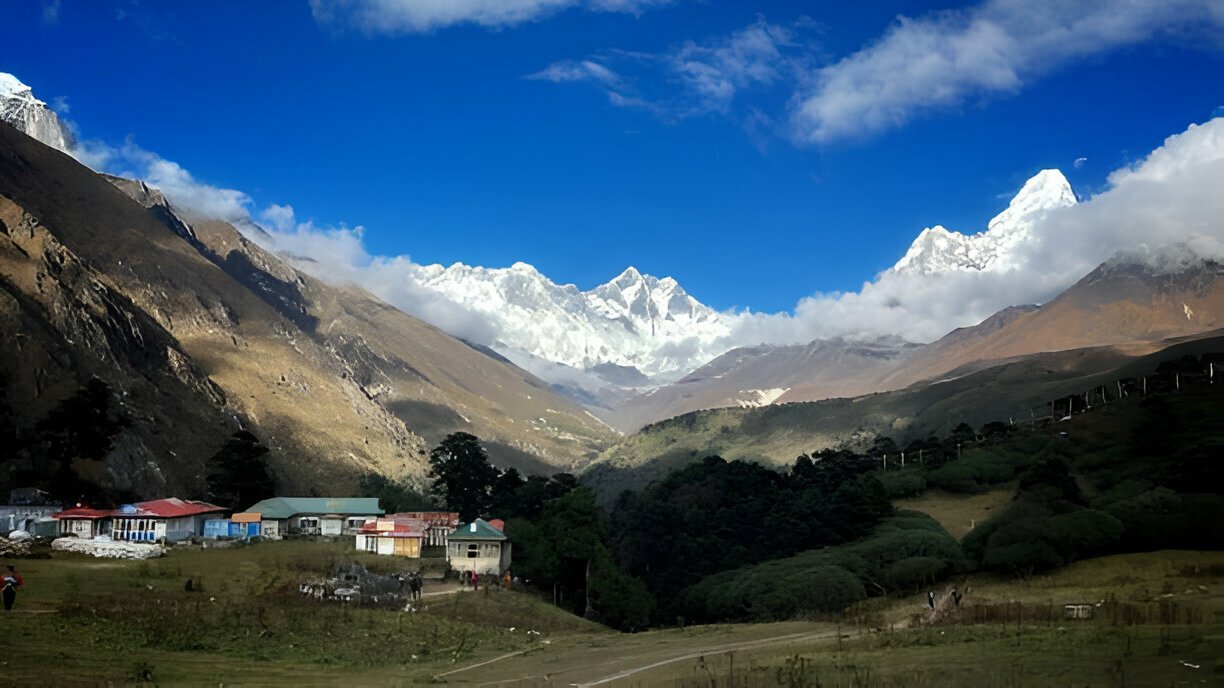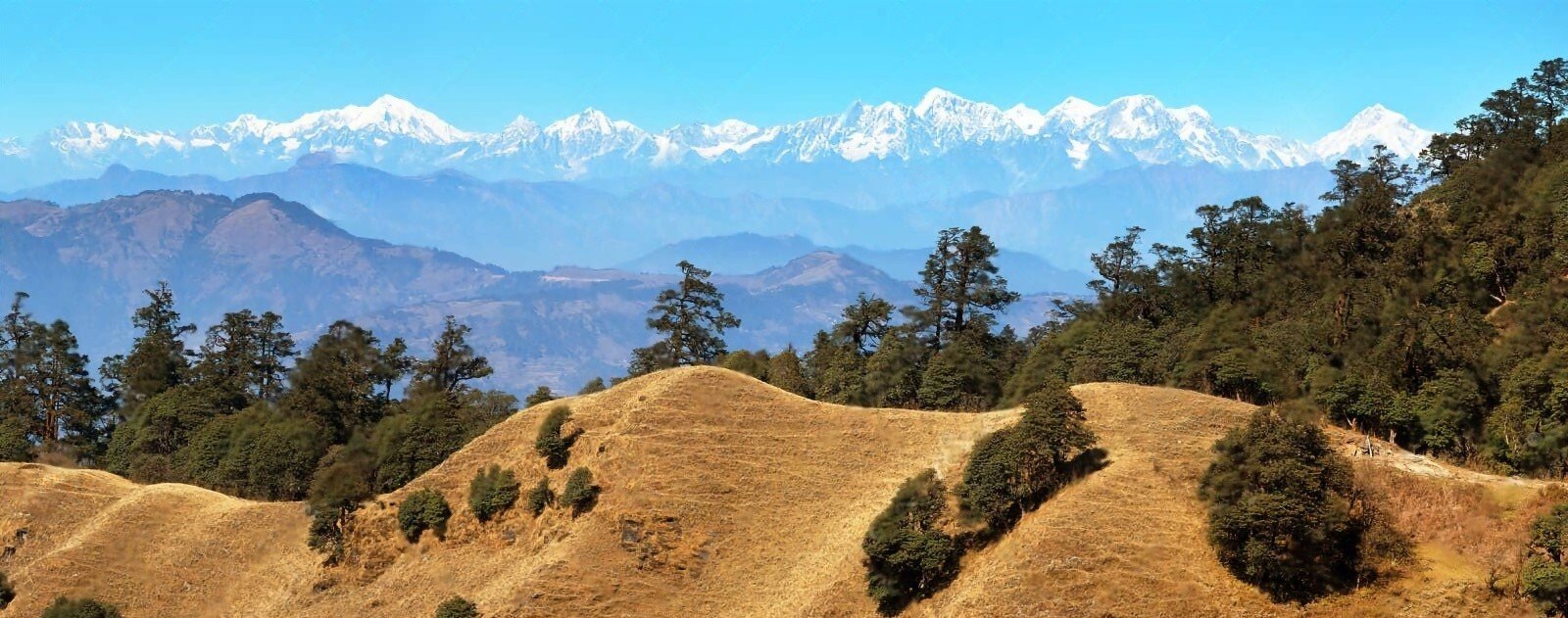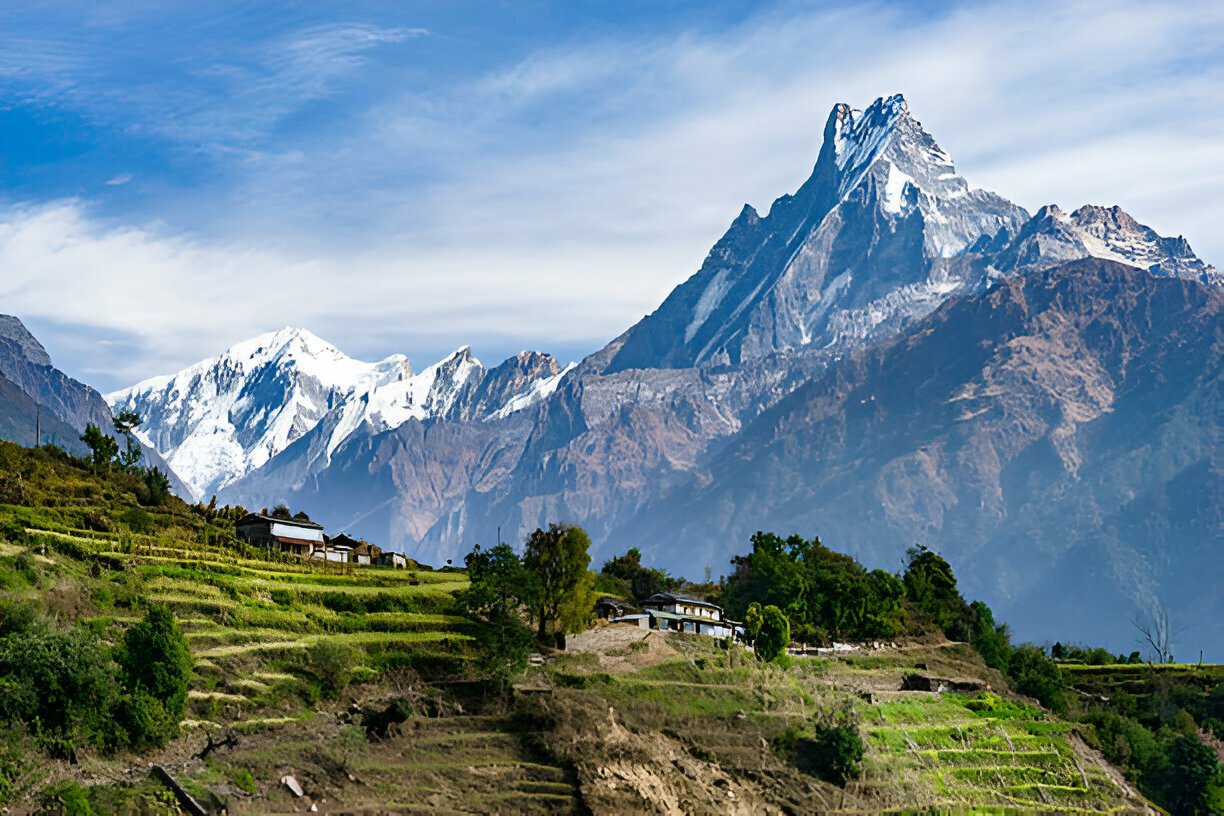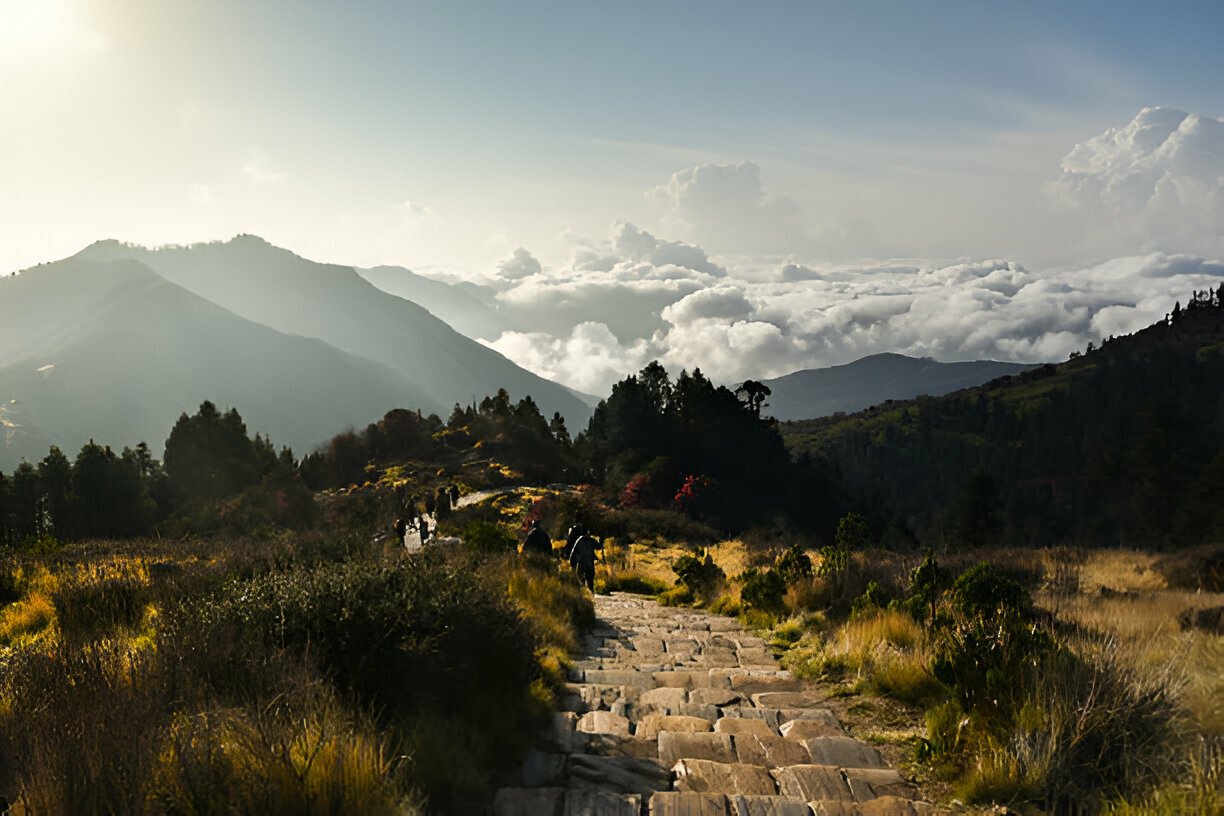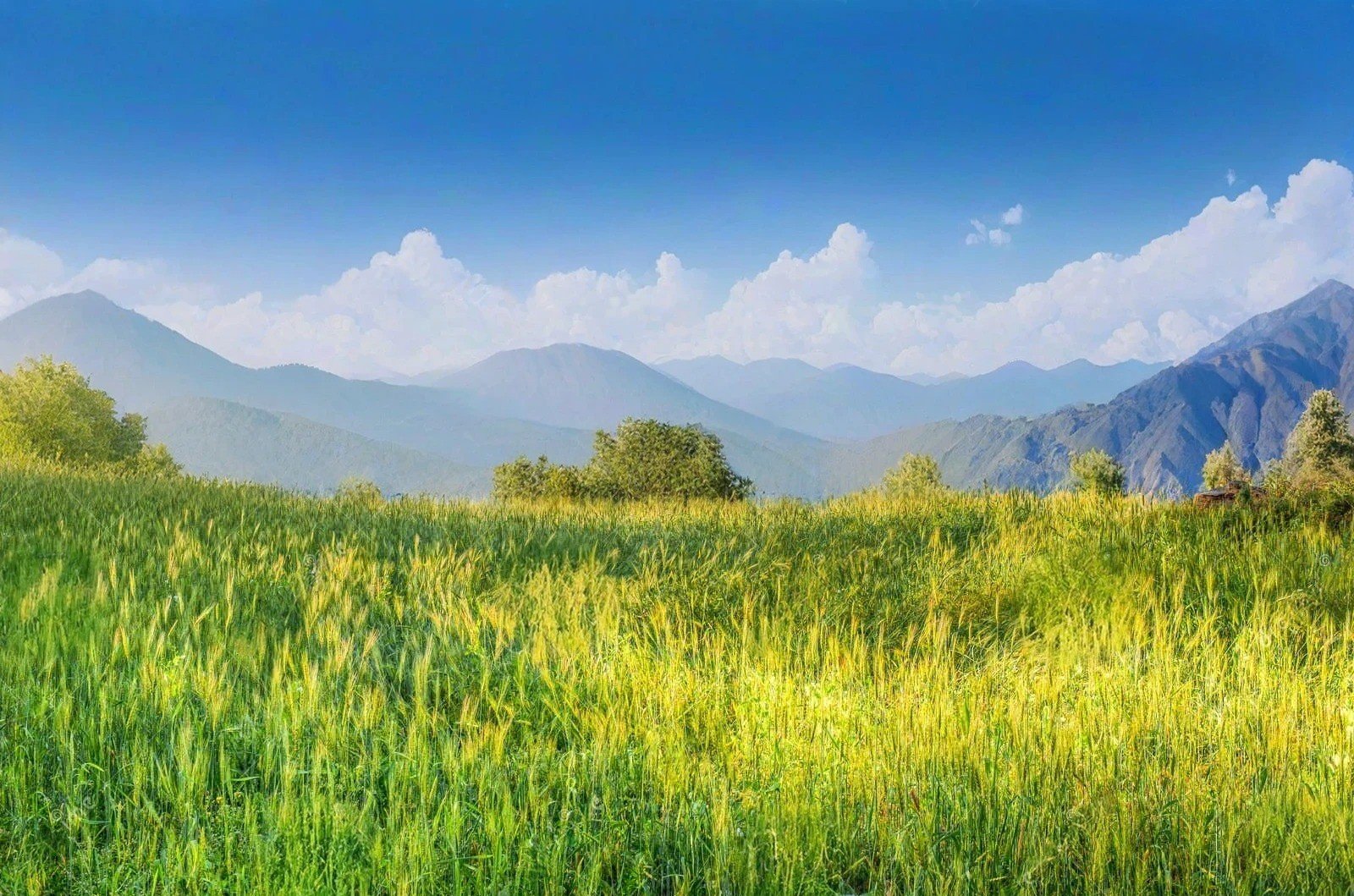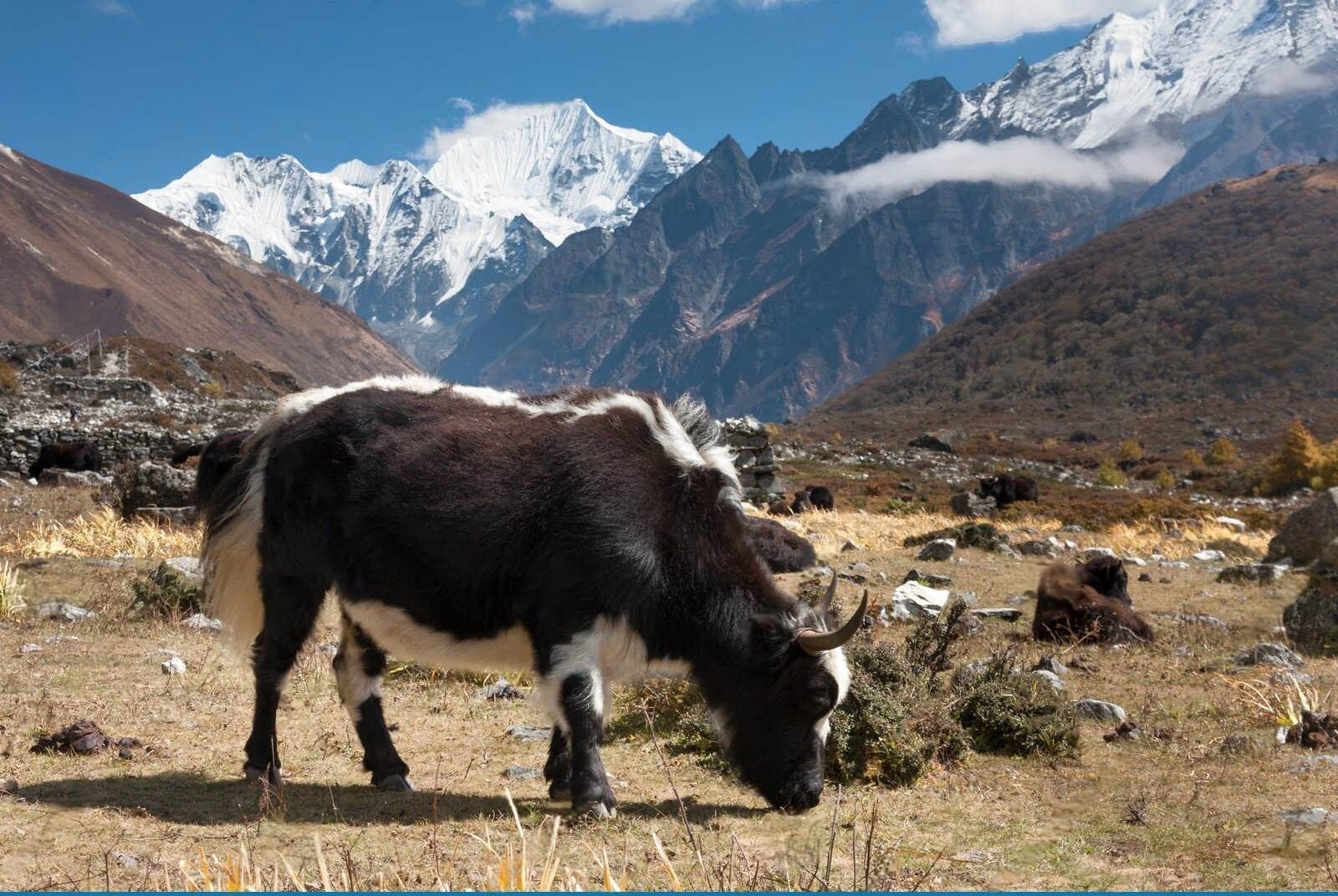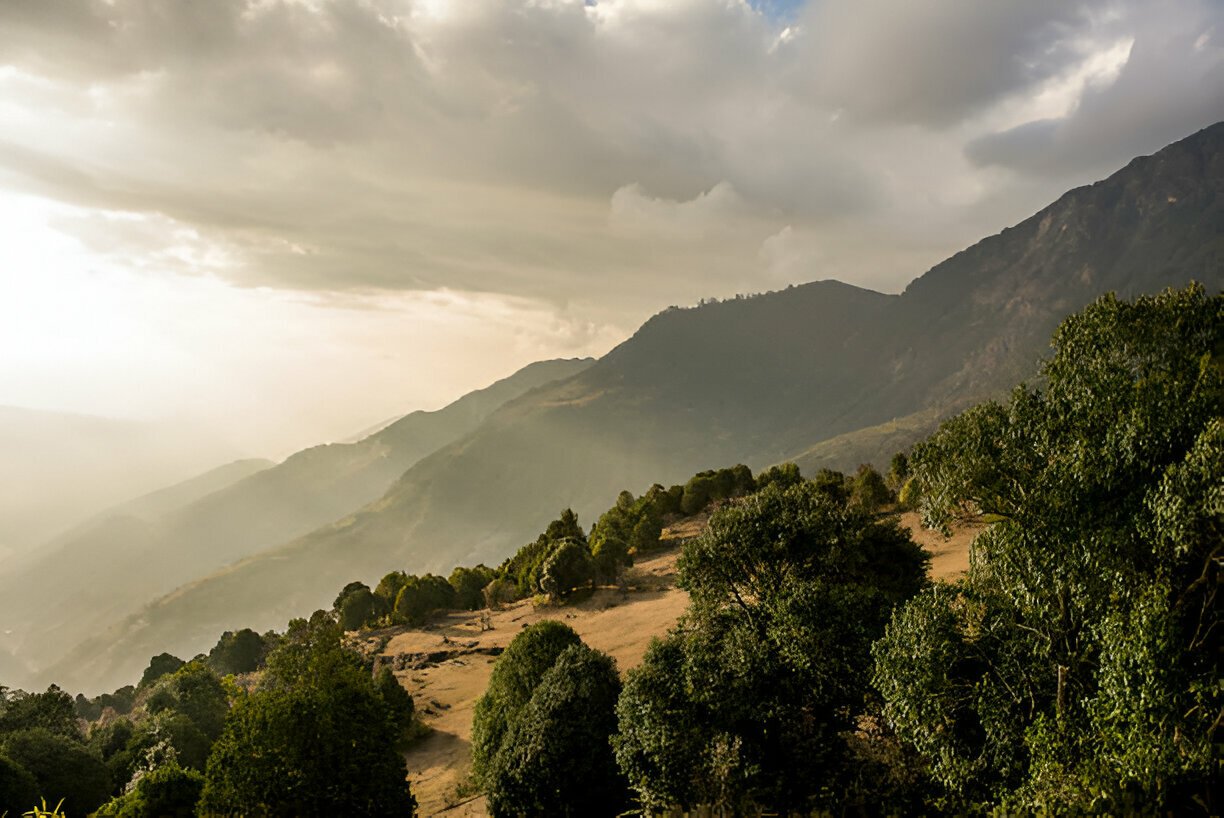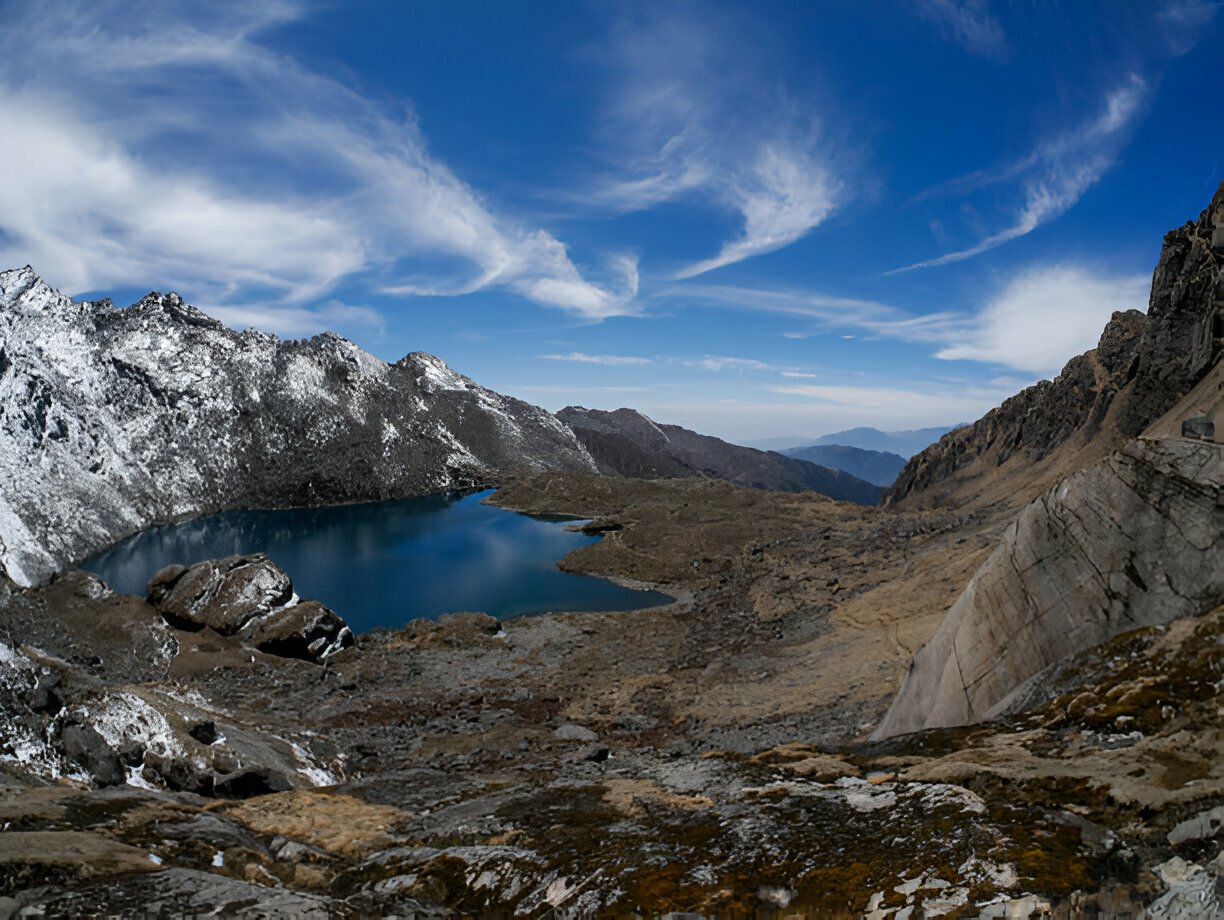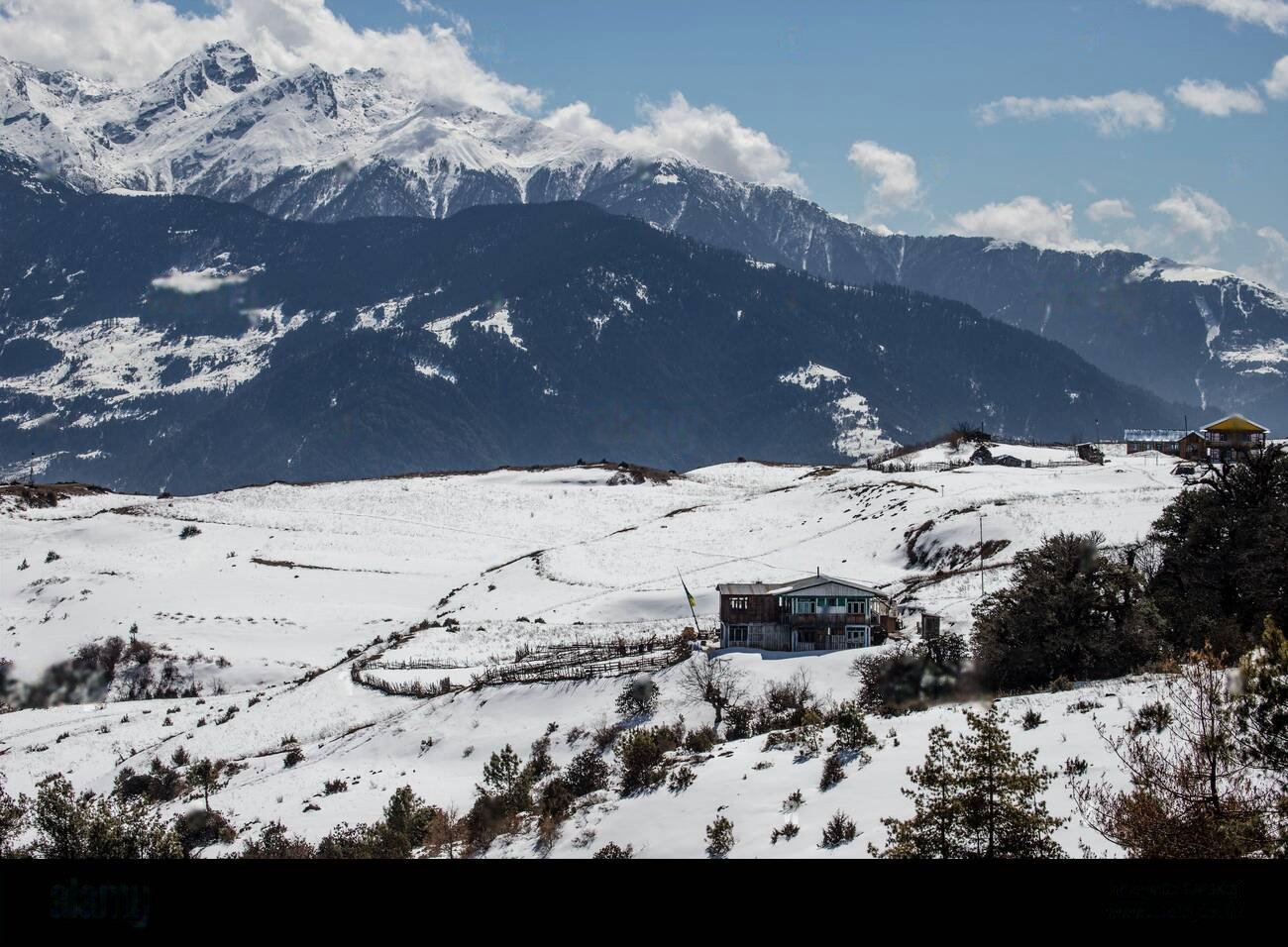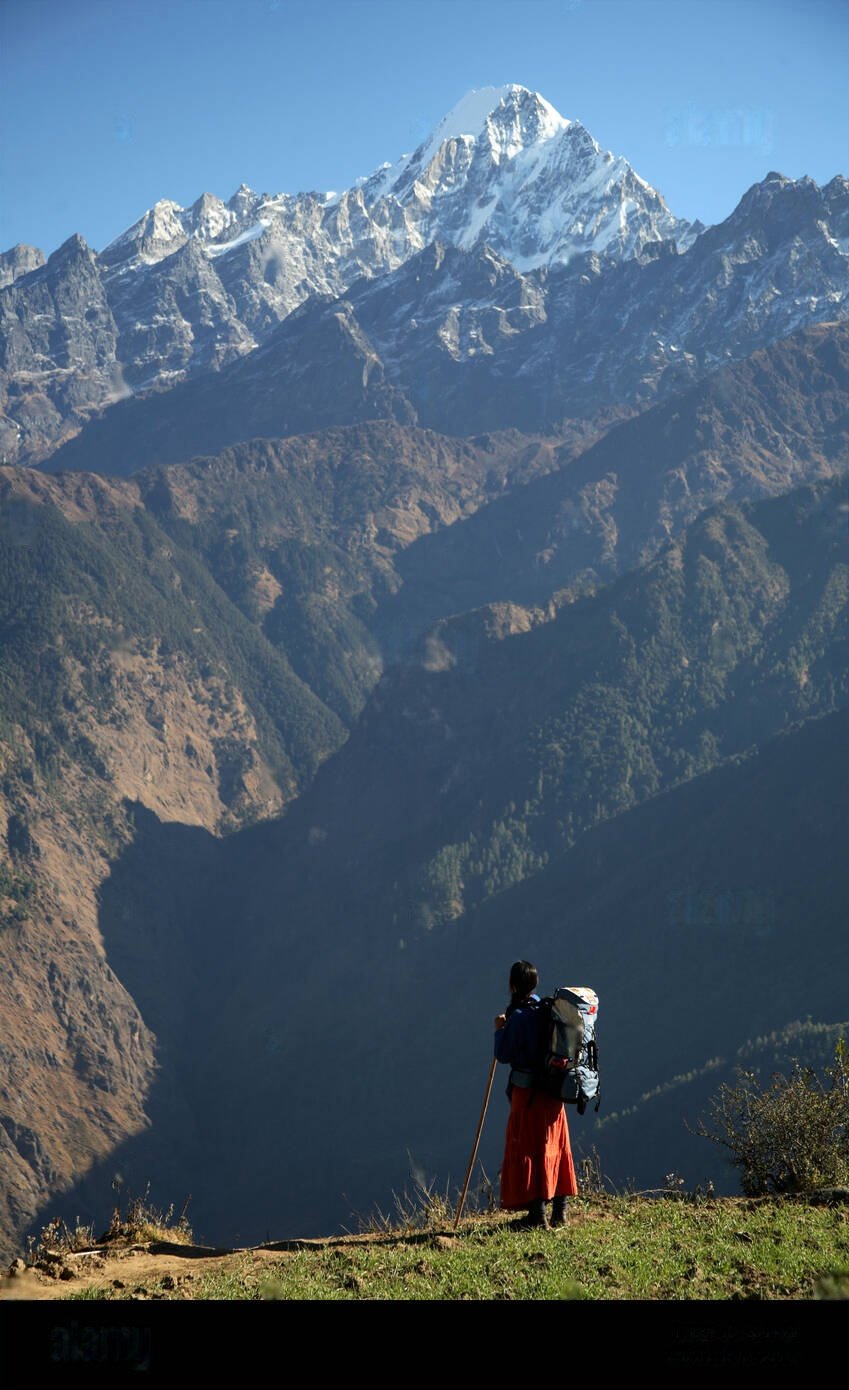 About this Trip
About this Trip
The Tamang Heritage Trail represents a different kind of trekking experience in Nepal, one where cultural immersion takes precedence over conquering high passes or reaching base camps. What makes this journey extraordinary is its authentic insight into a way of life that has remained largely unchanged for centuries, despite being relatively close to the modernizing influence of Kathmandu.
As you traverse the middle hills of the Langtang region, the landscape unfolds as a patchwork of terraced fields, traditional villages with distinctive architecture, and forested ridges. The trail connects settlements where the Tamang people—believed to be descendants of Tibetan horse traders who settled in Nepal centuries ago—maintain their language, customs, traditional dress, crafts, and agricultural practices.
The cultural dimension of this trek is its defining feature. In villages like Gatlang, Tatopani, Thuman, and Briddim, locals welcome trekkers with traditional ceremonies, folk dances, and music performances that have been passed down through generations. Homes feature distinctive architecture with intricate woodcarvings and traditional construction methods, while religious practices blend Buddhist traditions with shamanic elements unique to the Tamang heritage. The opportunity to stay in community homestays provides an intimate glimpse into family life, traditional cooking methods, and social structures.
Physically, the trek is less demanding than many Himalayan journeys, making it accessible to trekkers with moderate fitness levels. The highest point at Nagthali Viewpoint (3,300m) is well below the altitude where serious acclimatization concerns arise, and daily walking distances are reasonable. This accessibility allows trekkers to focus their energy on cultural engagement rather than physical endurance.
Perhaps most uniquely, the Tamang Heritage Trail offers a form of tourism that directly benefits local communities. Developed specifically as a means for earthquake-affected villages to rebuild through sustainable tourism, the trek represents a model of community-based tourism where visitor spending goes directly to local families and community projects. This creates not just a journey through physical space but also an opportunity to participate in the economic recovery and cultural preservation of communities that have faced significant challenges.
The Tamang Heritage Trail represents a different kind of trekking experience in Nepal, one where cultural immersion takes precedence over conquering high passes or reaching base camps. What makes this journey extraordinary is its authentic insight into a way of life that has remained largely unchanged for centuries, despite being relatively close to the modernizing influence of Kathmandu.
As you traverse the middle hills of the Langtang region, the landscape unfolds as a patchwork of terraced fields, traditional villages with distinctive architecture, and forested ridges. The trail connects settlements where the Tamang people—believed to be descendants of Tibetan horse traders who settled in Nepal centuries ago—maintain their language, customs, traditional dress, crafts, and agricultural practices.
The cultural dimension of this trek is its defining feature. In villages like Gatlang, Tatopani, Thuman, and Briddim, locals welcome trekkers with traditional ceremonies, folk dances, and music performances that have been passed down through generations. Homes feature distinctive architecture with intricate woodcarvings and traditional construction methods, while religious practices blend Buddhist traditions with shamanic elements unique to the Tamang heritage. The opportunity to stay in community homestays provides an intimate glimpse into family life, traditional cooking methods, and social structures.
Physically, the trek is less demanding than many Himalayan journeys, making it accessible to trekkers with moderate fitness levels. The highest point at Nagthali Viewpoint (3,300m) is well below the altitude where serious acclimatization concerns arise, and daily walking distances are reasonable. This accessibility allows trekkers to focus their energy on cultural engagement rather than physical endurance.
Perhaps most uniquely, the Tamang Heritage Trail offers a form of tourism that directly benefits local communities. Developed specifically as a means for earthquake-affected villages to rebuild through sustainable tourism, the trek represents a model of community-based tourism where visitor spending goes directly to local families and community projects. This creates not just a journey through physical space but also an opportunity to participate in the economic recovery and cultural preservation of communities that have faced significant challenges.

From $0
Price Varies from Group Size
Success
Here goes about why the success toast occurred.
 Itinerary
Itinerary
Arrival in Kathmandu (1,400m)
Kathmandu to Syabrubesi (1,550m)
Syabrubesi to Gatlang (2,238m)
Gatlang to Tatopani (2,380m)
Tatopani to Nagthali Viewpoint (3,300m) to Thuman (2,338m)
Thuman to Briddim (2,229m)
Briddim to Syabrubesi (1,550m)
Syabrubesi to Kathmandu
Departure from Kathmandu
 Services
Services
Includes
- Experienced English-speaking guide with knowledge of Tamang culture
- Private Transport (bus or jeep) between Kathmandu and Syabrubesi
- Daily meals on the trek: breakfast, lunch, and dinner
- Accommodation throughout the trek (community homestays and teahouses)
- Porter service (1 porter for every 2 trekkers)
- All necessary trekking permits, including Langtang National Park entry fee and TIMS card
- Cultural performance arrangements in selected villages
- Hot spring entrance fees in Tatopani
- Staff insurance, equipment, and wages
Excludes
- Additional accommodation due to early return or unexpected delays
- Comprehensive travel and medical insurance for the trek
- Gratuities for the guides, porters, and trekking support staff
- International flights and entry visa fees for Nepal
- Personal trekking equipment and gear (sleeping bags, jackets, etc.)
- Extra food and drinks beyond the standard meals provided
- Hot showers and battery charging at teahouses (available for additional fees)
- Optional cultural activities or crafts workshops beyond the standard program
 Good to Know
Good to Know
Moderate fitness is sufficient for this trek; prepare for authentic village experiences with more basic facilities than standard tourist accommodation; homestays typically offer shared rooms and traditional bedding; pack conservative clothing to respect local customs; bring small gifts like school supplies or photos from your home country to share with host families; learning a few Tamang phrases is greatly appreciated; many villages have limited electricity; be prepared to participate in cultural activities if invited; photography is generally welcomed but always ask permission before photographing people; and supporting local handicrafts provides direct economic benefits to families.
Wildlife and Flora Encounters
While trekking, keep an eye out for:
Various bird species including pheasants and small raptors, Smaller mammals adapted to agricultural landscapes, Domestic animals integral to traditional farming, Rhododendron forests (spectacular in spring), Traditional medicinal plants used in local healing practices, Ancient agricultural varieties maintained through traditional farming, Diverse forest ecosystems in the middle hills
 Reviews
Reviews
 FAQs (Frequently Asked Questions)
FAQs (Frequently Asked Questions)
Your queries are answered.
How does the Tamang Heritage Trail differ from other treks in Nepal?
Unlike treks focused primarily on mountain scenery or reaching high-altitude destinations, the Tamang Heritage Trail emphasizes cultural immersion and authentic interaction with local communities. While it offers some mountain views, its primary appeal lies in the opportunity to experience traditional Tamang villages, homestays with local families, cultural performances, and a way of life that has remained largely unchanged for centuries. It also typically involves less crowded trails and more authentic interactions than more popular routes.
What are community homestays like?
Homestays on the Tamang Heritage Trail offer an intimate glimpse into local family life. Accommodations are simple but clean, typically featuring shared rooms with traditional bedding arrangements. Bathrooms are often shared and may be basic by Western standards. Meals are prepared by host families using local ingredients and traditional cooking methods, offering a genuine taste of Tamang cuisine. Evening activities often include cultural exchanges, with families sharing stories, songs, and traditional practices with their guests.
Can this trek be combined with other routes?
Yes, the Tamang Heritage Trail can be effectively combined with the Langtang Valley Trek to create a more comprehensive 14-16 day journey that balances cultural experiences with high-mountain scenery. This combination is particularly popular with trekkers seeking a more in-depth experience of the region. The starting point of Syabrubesi is the same for both treks, making the logistics straightforward.
What is the best time of year for this trek?
March to May and October to November offer the best conditions. Spring features pleasant temperatures, cultural festivals, and rhododendron blooms, while autumn provides the clearest mountain views. The monsoon season (June-September) brings rain and slippery trails but lusher landscapes and fewer trekkers. Winter (December-February) can be chilly but generally remains passable with proper equipment and offers the clearest views of distant mountains.
How has the 2015 earthquake affected this region?
The Langtang region was severely impacted by the 2015 earthquake, with many villages suffering significant damage. The Tamang Heritage Trail was developed partly as a means to support community rebuilding through sustainable tourism. Today, most infrastructure has been rebuilt, though you may still see evidence of the earthquake's impact. By trekking this route, you directly contribute to the ongoing recovery of these communities.
What cultural sensitivities should I be aware of?
When staying in Tamang villages, dress conservatively (covering shoulders and knees); ask permission before photographing people or entering religious sites; remove shoes when entering homes or monasteries; avoid public displays of affection; eat with your right hand if dining traditionally; and respect local customs regarding alcohol and dietary practices. Learning a few basic Tamang or Nepali phrases is greatly appreciated by locals.
What type of food will be available?
In homestays, meals typically feature authentic Tamang cuisine, including dishes like dhido (a thick porridge made from millet or buckwheat), gundruk (fermented leafy greens), traditional bread, local dairy products, and seasonal vegetables. In teahouses, you'll find standard Nepali dishes like dal bhat (lentils and rice) alongside basic trekker's menu items such as pasta, noodles, and soups. The food is typically organic and locally sourced, offering a taste of traditional mountain cuisine.
How reliable is the WiFi and phone connectivity?
Basic mobile network coverage extends to most villages on the trail, though it can be unreliable. Larger settlements like Syabrubesi offer better connectivity, while more remote villages may have limited or no service. Some teahouses offer WiFi for an additional charge, though connection speeds are generally slow. The trek provides an excellent opportunity to disconnect from digital life and fully immerse in the cultural experience.
What impact does tourism have on these communities?
The Tamang Heritage Trail was specifically developed as a community-based tourism initiative to provide economic opportunities for earthquake-affected villages. Income from homestays, cultural performances, and handicraft sales goes directly to local families, supporting traditional livelihoods and cultural preservation. The program includes training for hosts in sustainable tourism practices and reinvests a portion of proceeds into community development projects. By trekking responsibly, visitors contribute positively to both economic recovery and cultural preservation.
How physically fit do I need to be?
Basic to moderate fitness is sufficient for this trek. Being able to walk 5-6 hours daily with a light daypack over varied terrain is adequate preparation. The trail includes some steep sections but is generally less demanding than high-altitude treks. Including some hill walking in your pre-trek preparation is beneficial but specialized training is not necessary for most people.




